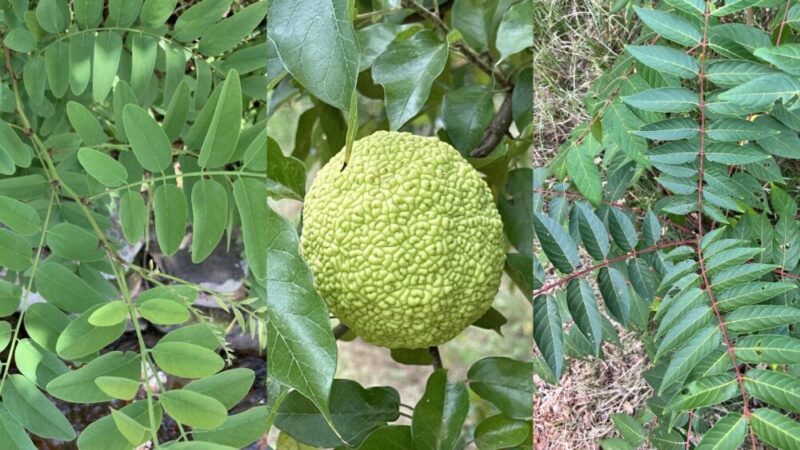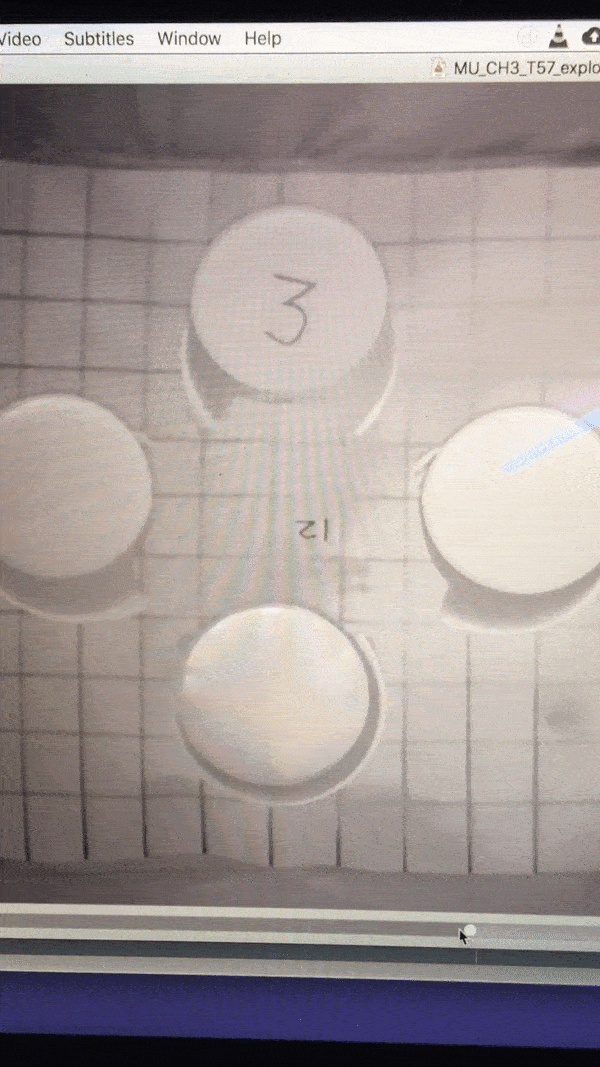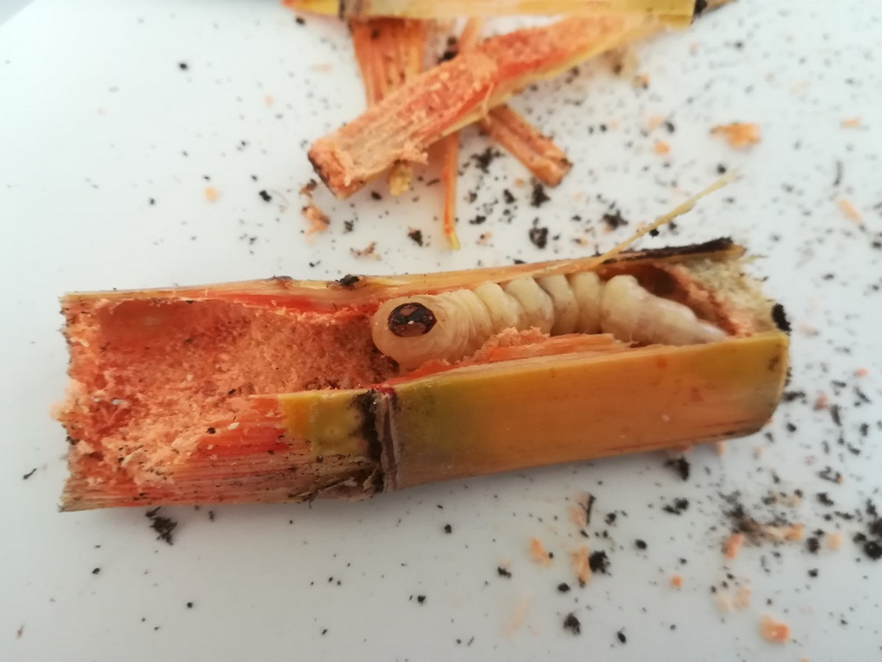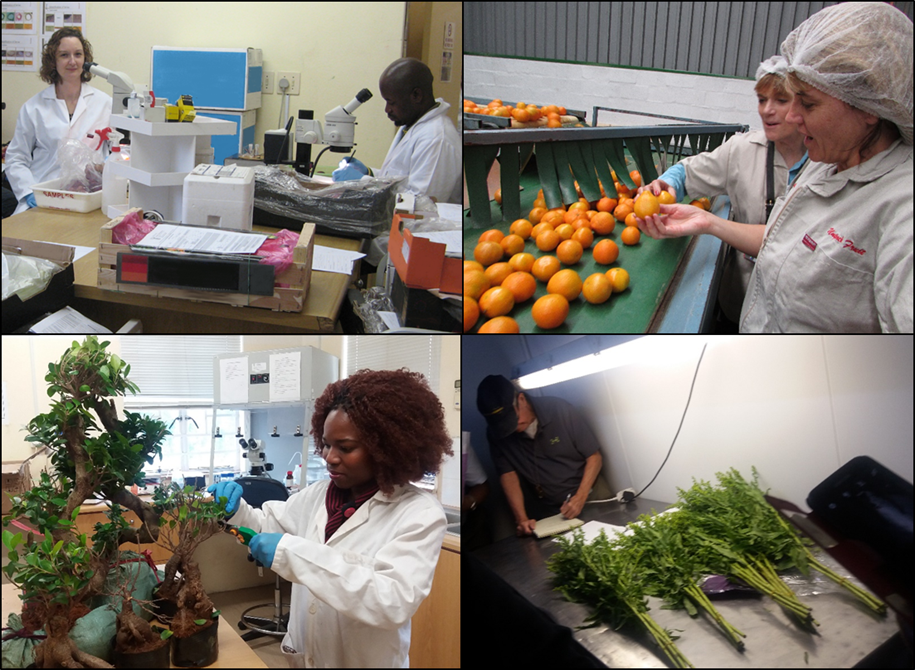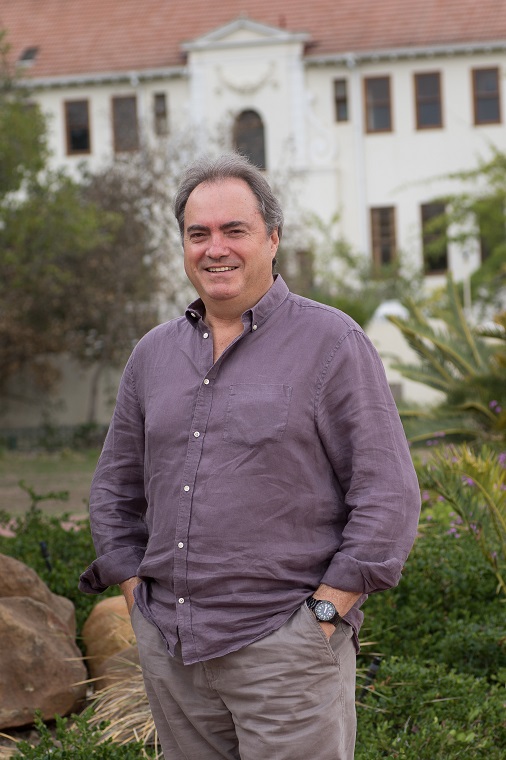Biodiversity of natural forests key to buffer severity of non-native tree invasions
A study, co-authored by CIB Core Team member Prof Cang Hui, has found that the native biodiversity of natural forests largely buffers the severity of non-native tree invasions.

